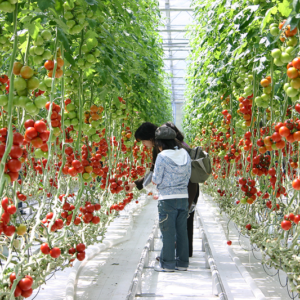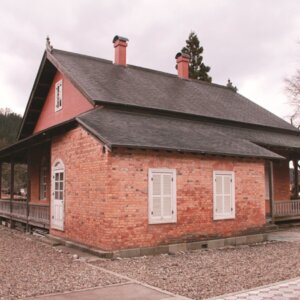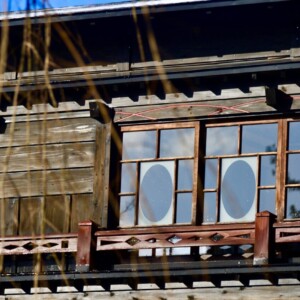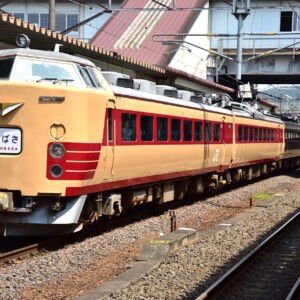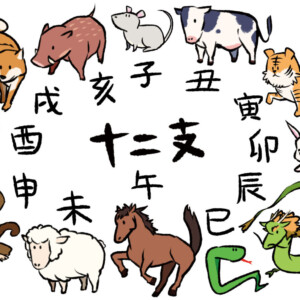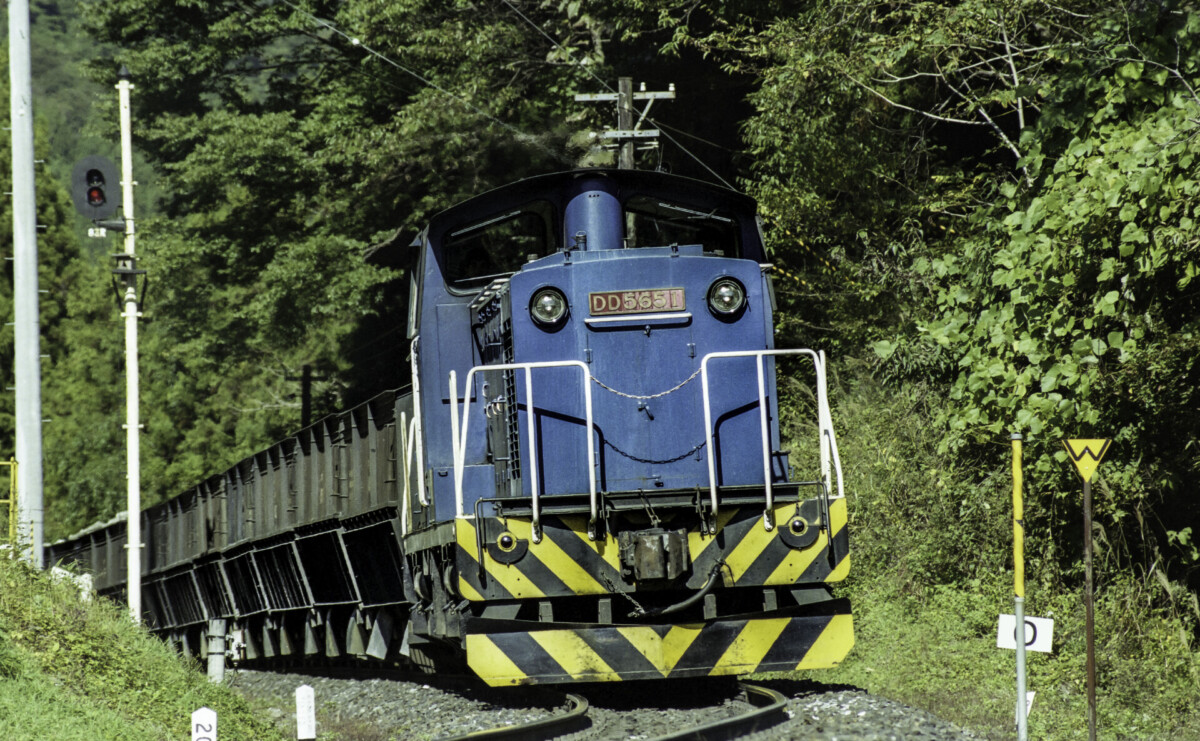
Humans are not allowed! ? Iwate Development Railway is a freight-only railway company [Ofunato City, Iwate Prefecture]
table of contents
In Ofunato City, located on the Pacific coast of Iwate Prefecture, there is a railway company that is little known except to those who are somewhat familiar with Japanese railways.
Its name is " Iwate Development Railway Co., Ltd. "
What kind of railway company is this?
What is Iwate Development Railway?
Iwate Development Railway operates two railway lines.
One is the Hikoroichi Line and the other is the Akasaki Line .
The Hikoroichi Line is a 9.5km line that connects Sakari Station, via Choanji Station, Hikoroichi Station, and Iwate-Ishibashi Station.
The Akasaki Line is a 2.0km long line that connects Mori Station to Akasaki Station.
Although the two lines are distinct on paper, the reality is that there is little point in distinguishing them since trains are basically operated across the two lines.
Mori Station is also a stop on the Sanriku Railway's Rias Line and JR East's Ofunato Line BRT (it's a bus, not a train), so it's probably fairly well-known.
However, I think there are very few people, especially among the younger generation, who know of any station other than Sakari.
That's no wonder; the current Iwate Development Railway does not transport passengers, and all trains in commercial operation are freight trains.
Limestone to cement factory
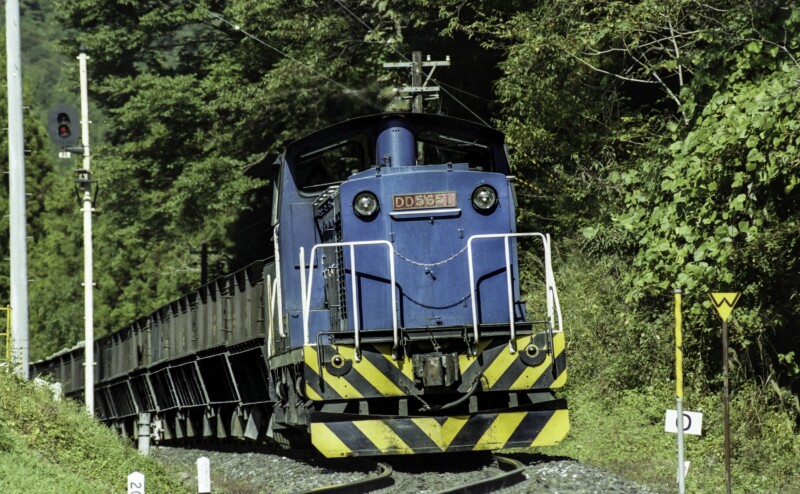
There is the Ofunato Mine in the inland area of Ofunato City, and the limestone mined here is loaded onto freight trains at Iwate Ishibashi Station on the Iwate Development Railway.
Freight trains loaded with limestone will run at speeds of up to 50km/h to Akasaki Station, 11.5km away.
The limestone is used to make cement at Taiheiyo Cement's Ofunato factory near Akasaki Station.
By the way, at least I don't know the times when freight trains run.
I like watching freight trains, and a freight timetable (just to be sure, it's a timetable that shows the operating times of only freight trains), and I buy it every year. The schedule for Iwate Development Railway's freight trains is not listed in the table either.
According to information posted on the Japan Private Railway Association's website, freight trains run either 13, 15, or 18 round trips per day.
As a freight train, it is quite frequent, and it would not be difficult to witness it during the day when it is in operation (it seems that it is closed on Saturdays, Sundays, and holidays).
There is no doubt that it is helping the local industry.
History of Iwate Development Railway
Iwate Development Railway Co., Ltd. was established in August 1939.
The goal was to promote industry and develop areas along the line by connecting Ofunato Port and inland areas of Iwate Prefecture by railway.
was established under the
third sector with investment from Iwate Prefecture, municipalities along the line, and related companies Nowadays, third-sector type companies exist all over the country (Sanriku Railway, which operates at Mori Station, is one of them), but Iwate Development Railway deserves special mention for being the pioneer of third-sector type railway companies. It can be said that it is something that should be done.
At the time of the company's establishment, the plan was to connect Mori Station by rail for approximately 29 km to Hirakura Station on the Kamaishi Line in the north.
The Kamaishi Line is a line that connects Hanamaki Station and Kamaishi Station.
If you build a railway from Mori Station to Hirakura Station, you will be able to travel via the Kamaishi Line to Hanamaki Station, and from there you can transfer to the Tohoku Main Line, the main artery of the Tohoku region.
In other words, the idea was to make it possible for people to go back and forth and to transport cargo from Mori Station to all parts of the country by rail.
Construction work on the railway was interrupted by the Pacific War, so the railway actually opened after the war.
First, in October 1950, the Hikoroichi Line between Mori Station and Hikoroichi Station opened.
However, even though it was finally opened, both passenger and cargo transportation were sluggish, and a solution was needed.
Therefore, it was decided to transport limestone to cement factories, and the line was extended.
In June 1957, the line between Mori Station and Akasaki Station on the Akasaki Line opened, and in June 1960, the line between Hikoroichi Station and Iwate Ishibashi Station on the Hikoroichi Line opened, leaving the Iwate Development Railway line as it is today. It has a similar shape.
At the same time, the transportation of limestone began.
Furthermore, the extension of the Kamaishi Line to Hirakura Station was officially abandoned in March 1976.
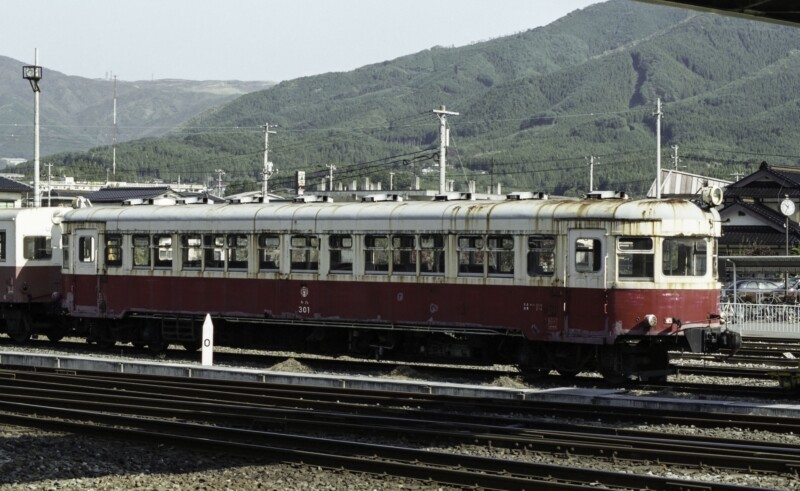
Until 1992, passenger transportation was also carried out on the Hikoroichi Line (between Mori Station and Iwate Ishibashi Station).
However, not many people used the line that connected the mine and the cement factory.
According to the September 1964 timetable in my possession, only five round trips per day , and two of those round trips did not go to Iwate-Ishibashi Station, instead starting and ending at Hijiroichi Station.
With the spread of automobiles, the number of users decreased further, and by 1992, three round trips a day , with one round trip stopping at Hikoroichi Station.
Passenger operations were abolished on April 1, 1992, and Iwate Development Railway became a freight-only railway company.
Although it has been more than 30 years since passenger operations were abolished, the current platforms such as Mori Station remain intact.
In addition, Ikawa Station (located between Mori Station and Choanji Station), which was used only for passengers to get on and off the train, is now closed.
The platform at this station has been removed, and the stairs leading up to the platform on top of the embankment still exist.
Iwate Kaihatsu Railway is still affectionately referred to as ``Kaikatsu-san'' by local people who have known the era of passenger operations.
As a railway company, it has become a rather modest company as it only specializes in freight, but its business is not limited to transporting limestone.
For example, we receive orders to maintain diesel cars owned by companies such as Sanriku Railway.
It can be said that it is an indispensable presence in the railway industry in Iwate Prefecture.
Including our group companies, we are engaged in a wide variety of businesses, including tourism, printing, real estate, truck transportation, water and sewerage construction, and civil engineering, just like other railway companies.
Iwate Development Railway 2011
In the Great East Japan Earthquake that occurred in 2011, Iwate Development Railway's Akasaki Line was damaged.
The shipper, the Taiheiyo Cement Ofunato Factory, was also severely damaged, but both companies worked hard to restore it, and resumed train service on November 7, 2011, eight months after the disaster. did.
Furthermore, JR's Ofunato Line, which was also affected by the disaster, was not restored as a railway, and the section from Kesennuma Station to Mori Station was converted to bus service.
A bus-only road has been established where the railroad tracks used to run, and buses are now operating as the Ofunato Line BRT.
Once again, we are reminded of the scale of the damage caused by that earthquake and the difficulty of maintaining local railways.
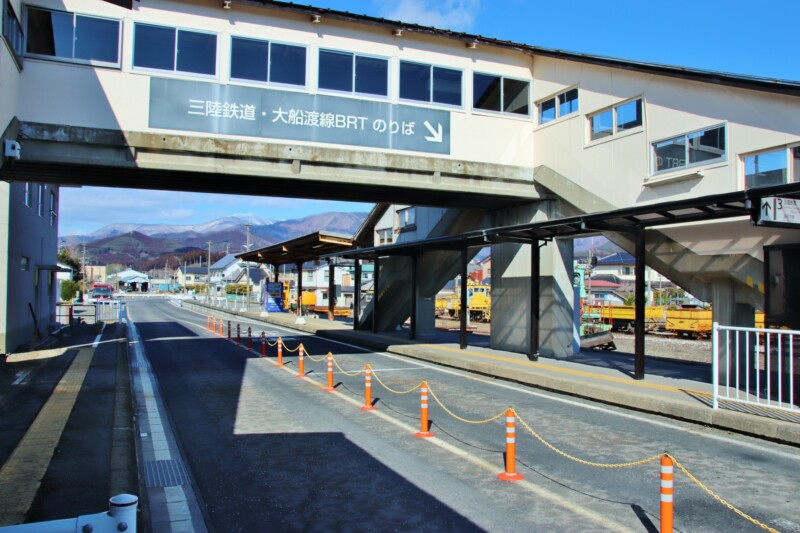
After that massive tsunami, only concrete buildings and bridges remained in various places.
It was a very heartbreaking sight.
However, on the other hand, the current (June 2024) president of Iwate Development Railway also talks about those days as follows.
I was able to realize once again that
the limestone we carry turns into cement and concrete, helping to protect people's lives and property. Additionally, through recovery from the disaster, he was able to reaffirm the importance of cooperation and trusting relationships with shipper companies and affiliated companies, as well as the cohesiveness and technical capabilities of employees. That's it.
summary
Iwate Development Railway has become a freight-only company, but it still plays an important role by transporting raw materials for concrete and cement used in various locations.
The concrete that supports the daily lives of me and all my readers may be made from limestone transported by freight trains of the Iwate Development Railway.


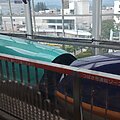
![[Ofunato City, Iwate Prefecture] Taste the 4-drink comparison set of SANRIKU BEER from Sanriku Brewing Company! IMG_3351](https://jp.neft.asia/wp-content/uploads/2022/10/IMG_3351-150x150.jpg)
![Sanriku International Art Festival 2024 | An event will be held again this year where local performing arts from the Sanriku region will be gathered together [Aomori/Iwate] Sanriku International Art Festival 2024](https://jp.neft.asia/wp-content/uploads/2024/08/main-150x150.png)

![[Noshiro City, Akita Prefecture] The cutting edge of rocket research begins in Noshiro City. "Noshiro Rocket Testing Site" cb62440881237be2ab3733746788f4dc](https://jp.neft.asia/wp-content/uploads/2022/07/cb62440881237be2ab3733746788f4dc-150x150.jpg)
![Rairaikyo is a wonderful spot for people of all ages and genders! [Miyagi Prefecture] Yamaniwa Rock](https://jp.neft.asia/wp-content/uploads/2017/08/P1015803-150x150.jpg)
![[Sendai City, Miyagi Prefecture] Sendai Umino-Mori Aquarium realistically reproduces the sea of Sanriku! A large school of sardines dances 2a0ffc7c28ccc082a4b110c8bbbaf207_m](https://jp.neft.asia/wp-content/uploads/2017/09/2a0ffc7c28ccc082a4b110c8bbbaf207_m-150x150.png)
![[Tamura District, Fukushima Prefecture] “Licca-chan Castle” is the castle where Licca-chan lives! Make your own Licca-chan doll and take a photo with life-sized Licca-chan 415587](https://jp.neft.asia/wp-content/uploads/2018/03/415587-150x150.jpg)





